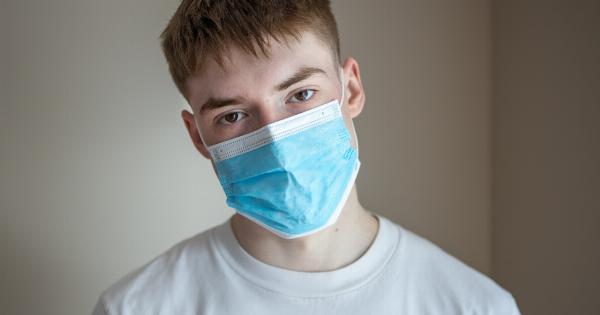Kidney stones, also known as renal calculi, are hard deposits that form in the kidneys. These stones can range in size from a grain of sand to as large as a golf ball.
While small kidney stones may pass through the urinary system without causing much discomfort, larger stones can be extremely painful and may require medical intervention to remove them.
What Causes the Formation of Kidney Stones?
There are several factors that contribute to the formation of kidney stones. The most common causes include:.
1. Dehydration: Insufficient water intake can lead to concentrated urine, which increases the chance of stone formation.
2. Diet: Consuming foods high in oxalates, such as chocolate, spinach, and nuts, can contribute to the development of kidney stones. Additionally, a diet high in salt and animal protein may increase the risk of stone formation.
3. Family History: A family history of kidney stones can make an individual more prone to developing them as well.
4. Underlying Medical Conditions: Certain medical conditions, including urinary tract infections, kidney diseases, and metabolic disorders, can increase the likelihood of stone formation.
Warning Signs of Kidney Stones
Kidney stones often present with distinct symptoms. If you experience any of the following warning signs, it is crucial to seek medical attention:.
1. Severe Pain: Intense pain in the back, side, abdomen, or groin is a common symptom of kidney stones. The pain may come and go in waves and may change in intensity as the stone moves through the urinary tract.
2. Blood in Urine: Hematuria, or the presence of blood in the urine, is another indication of kidney stones. This can be seen as pink, red, or brown-colored urine.
3. Frequent Urination: A need to urinate more frequently than usual, accompanied by small amounts of urine, may be a sign of a kidney stone.
4. Urgency and Painful Urination: The urge to urinate frequently and experiencing a burning sensation or pain while passing urine can be signs of kidney stones.
Prevention Tips for Kidney Stone Formation
While some factors contributing to kidney stone formation cannot be controlled, such as family history, there are measures you can take to reduce the risk of developing stones:.
1. Stay Hydrated: Drink plenty of water throughout the day to maintain adequate urine volume and prevent urine concentration. Aim to drink at least 8 cups of water per day.
2. Follow a Balanced Diet: Limit your intake of high-oxalate foods and maintain a balanced diet that includes a variety of fruits, vegetables, whole grains, and lean proteins.
3. Reduce Salt and Animal Protein Intake: Minimize the consumption of foods high in salt and animal protein, as they can increase the risk of stone formation.
4. Stay Active: Engage in regular physical activity to promote overall health and reduce the risk of stone formation.
5. Consider Dietary Supplements: Certain dietary supplements, such as citric acid and magnesium, may help prevent stone formation in some individuals. Consult with a healthcare professional before starting any supplements.
Conclusion
Kidney stones can be an incredibly painful condition, but by understanding the potential causes, recognizing the warning signs, and following prevention tips, you can reduce your risk of developing them.
Remember to stay hydrated, maintain a healthy diet, and seek medical attention if you experience any symptoms associated with kidney stones. Taking these proactive measures can help keep your kidneys healthy and stone-free.































